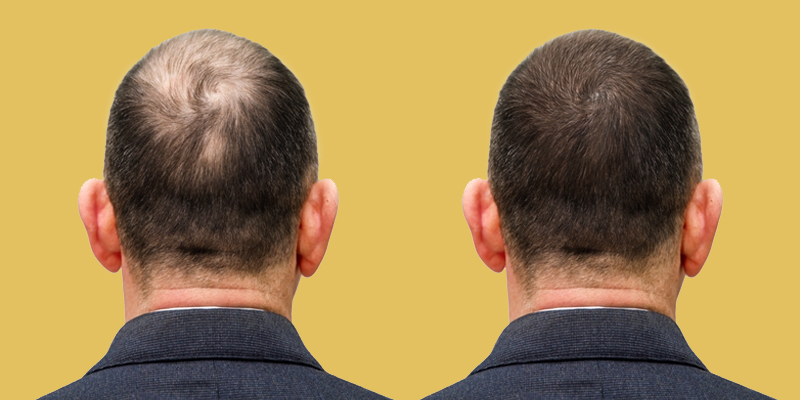Have you ever had nostalgia for a time when you had a somewhat fuller hairline and more self-assurance? Then you are not by yourself. A lot of us have at some point questioned whether there is a way to stop hairlines from receding and thinning hair. There very well may be, and it’s known as a hair transplant.
Let’s explore the world of hair transplants and learn more about this process.
Knowing the Fundamentals
To begin with, let’s define a hair transplant. Think of it as your hair’s magical relocation service. Hair from one area of your head—usually one with strong hair growth—is taken and planted in the area where your hair is receding or thinning.
The Causes of the Issue
At Orange Tree, we think the process should be made less mysterious. Here is a brief summary of that. Follicular Unit Transplantation (FUT) and Follicular Unit Extraction (FUE) are the two common methods of hair transplants.
Consider Follicular Unit Transplantation (FUT) as the conventional method. Under a microscope, a strip of hair from the donor area—where your hair is growing—is separated into individual hair grafts. After that, these grafts are carefully positioned in the areas that are balding or thinning.
Something a little more contemporary is Follicular Unit Extraction (FUE). Individual hair follicles are taken directly out of the donor area and transplanted to the desired location as opposed to using a strip. It resembles precise hair planting.
Does It Fit Your Needs?
The crucial query at hand is: Is a hair transplant the best course of action for you? Well, that depends on a number of variables.
- Type of Hair Loss: People with androgenetic alopecia, or pattern baldness, respond best to hair transplants. Should you have seen balding in certain regions of your hair, you may qualify for this procedure.
- Donor Area: A healthy donor area is necessary for the transplant to be successful. You’re in luck if one section of your head has a good lot of hair.
- Expectations: Setting reasonable goals is essential. You won’t wake up with a flowing mane after getting a hair transplant. Because of the progressive nature of the process, results could not be seen for several months.
The Process: What to Anticipate
You’ve made the decision to go ahead and do it. What might be anticipated from an Orange Tree hair transplant procedure?
- Consultation: We have a conversation to begin. Our professionals will look at your hair, talk with you about your objectives, and help you realise what’s possible.
- Planning: After we have a strategy, it’s time to set a date for the procedure. It can take several hours or perhaps a whole day, depending on the size of the transplant.
- Anaesthesia: We’ll make sure you’re comfortable, so don’t worry. You won’t feel anything throughout the surgery because the donor and recipient sites are numbed with local anaesthetic.
- Extraction: Individual follicles are retrieved for FUE, whereas a hair strip is taken for FUT. It resembles nature’s natural hair restoration.
- Transplantation: The creative portion is about to begin. Every hair graft is positioned carefully to guarantee a natural-looking outcome.
- Recovery: Initially, there may be some redness and swelling. But most people are able to resume their normal activities in a matter of days.
After-Transplant Care
Maintaining your recently transplanted hair is essential for best outcomes. You will receive instructions for post-transplant care from our staff at Orange Tree. It’s similar to caring for a garden in that appropriate maintenance promotes robust growth.
Summing Up
A hair transplant boosts confidence and is more than simply a cosmetic operation. Imagine having a larger head of hair when you get up and gaze in the mirror. It’s important to be comfortable in your own skin, not only how you look.

